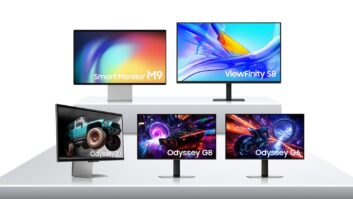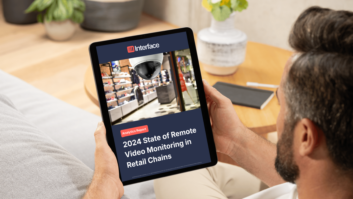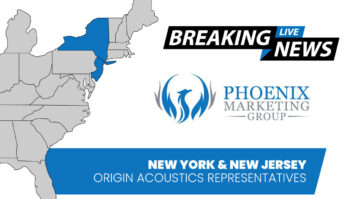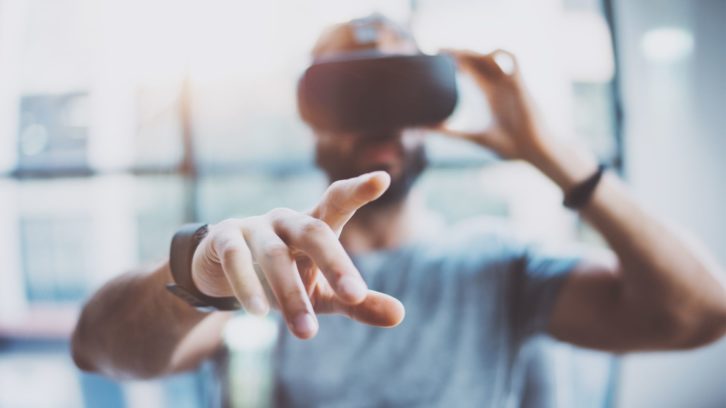
Technology and everyday life are slowly melding together. Once upon a time, Virtual Reality (VR) was science fiction. Now it’s transforming our lives and many industries in unimaginable ways. Probably the most shocking example is the retail industry, where, already, 32% of shoppers consider it an important factor when making online purchases. In this article, we’ll explore why this is the case and what awaits us as retail VR becomes more advanced.
VR in Retail: Beyond the Game
When VR is mentioned, it likely conjures images of gamers wearing headsets, battling creatures, and interacting with other characters. The application of VR in the retail industry is, of course, well beyond this stereotype. Despite the stereotypes surrounding it, the retail sector has always been eager to adopt technologies to elevate the customer experience, and going virtual comes as no surprise.
VR gives users a generated simulation of a 3D environment. In this environment, users explore and interact with their surroundings that mimic the real world. As shopping malls are much less prominent than before, VR is turning immersive shopping experiences into reality once again, and this time, you don’t have to leave your home.
Try-Before-You-Buy and Accessibility
As we all know, the biggest problem with online shopping is that you’re not able to try the product before you buy. You’re looking at a picture on a website. For purchases like clothing or furniture, this can cause serious hesitation for online shoppers, since these products are often ones you want to see up close before you buy. This is where VR promises an incredible solution.
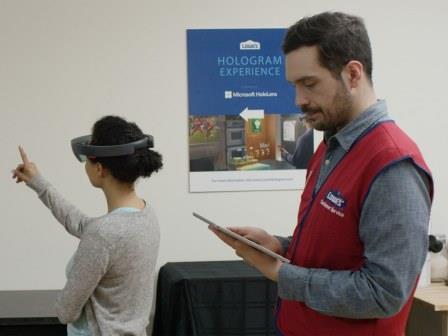
Virtual try-on
Imagine a scenario where you pop on a VR headset and step into a digital store instead of just looking at pictures or videos. You can “walk” around and pick up items. You can examine them from all angles or even “try them on.” There are virtual dressing rooms that can allow a customer to see how an outfit looks on their avatar, which matches their body type and complexion. The guesswork of online shopping is completely eliminated.
Fashion retailers therefore have been quick to realize this potential for their sales. Top brands are already experimenting with VR platforms where their users can virtually try on outfits and mix and match accessories. All of this while getting real-time feedback. real-time feedback. Not only do they get the mall experience in their own home, but it cuts down on returns as well.
Accessibility and Integration
Accessibility in the virtual world is also a big consideration for retail companies, as it allows them to attract as many customers as possible. Interactive platforms have begun offering avatars that use sign language and visual cues for the hearing-impaired, for example.
These experiences not only contain products but features like invoices and user manuals that are being made accessible to those with impairments. For example, users can easily pull up these documents within the platform through a React PDF viewer, which supports screen readers and other assistive technologies.
A setting for haptic feedback, using tactile enhancement such as vibration, can be used to direct the attention of those who may not be able to read notifications on the platform. As the retail sector continues to embrace VR, it’s encouraging to see how the technology is adapting to meet the diverse needs of its audience.
Store Layouts and Exploration in the Virtual Realm
Physical store owners know how important layout can be, especially in influencing the purchase decisions of the buyer. Grocery stores are set up in a way to encourage impulsive buys by having their bakery close to the entrance, for example. VR is translating these insights into the digital realm. However, virtual stores aren’t just mimicking the layout of physical stores – they’re creating experiences that guide the user through the process.
By way of example, consider a virtual bookstore transporting its users to a serene forest where they can “pick” their books off of tree branches as if they were fruit. Or maybe a jewelry store can present users with a grand palace where jewels are seen as part of royal treasures. Instead of using subtle symbolism in their marketing, VR retailers can use quite direct symbolism that can’t be missed.
Challenges and Considerations
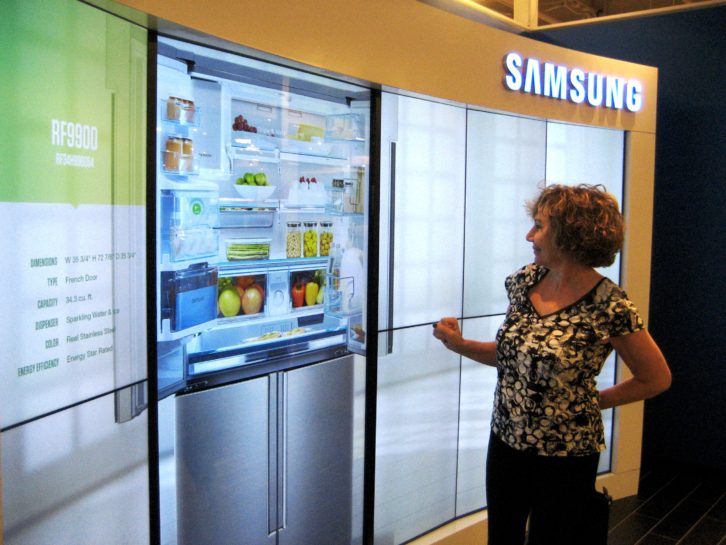
It all sounds very promising for the retail industry, but challenges do exist.
High-quality VR experiences are not cheap. They require serious investment in technology and design. And there will be a learning curve. “VR Retail Design Specialist” is not exactly a widespread skill set. Plus, the learning curve we just mentioned is universal. Both devs and buyers will be equally perplexed at first.
And while VR offers immersive visual and auditory experiences, it hasn’t found a way to replicate sensations like touch and smell, which would be crucial for certain industries like perfume or gastronomy.
Then there’s accessibility to consider. How many customers actually have VR headsets? Retailers’ customers may in some cases present an audience that simply isn’t VR-ready and prefers to stick to old-school shopping methods
That said, with tech giants entering the market and investing heavily in making VR more accessible and affordable, it’s only a matter of time before these challenges are addressed.
VR: A Supplement, Not a Replacement
There’s no such thing as a magic bullet. The leaps in VR technology will not replace traditional shopping experiences. Rather, they will complement them. Physical stores will always offer tactile feedback and immediate gratification. Not to mention, a truly social experience that is craved by many. Retailers will do their best by having a harmonized blend of physical, online, and VR in order to cast a wide-ranging net at their target audience.
Environmental and Economic Advantages
VR goes beyond novelty and immersion. It can give a serious boost to our efforts to improve the economy and our treatment of the environment. VR shopping means fewer returns, and this means a smaller carbon footprint from less transportation. And it means less of a need for physical locations, which means even less resource consumption.
As far as the economy goes, virtual stores can better reach global audiences without relying on heavy investments in physical expansion. Companies can test products and store layouts virtually before they commit to creating the physical location, which saves them time and money.
Engaging the Modern Consumer
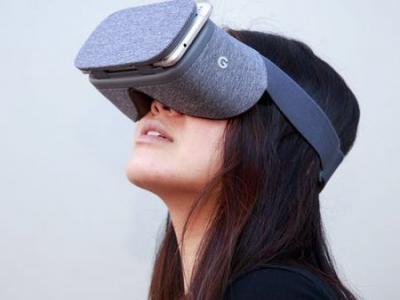
Today’s consumers, especially the younger generations, are tech-savvy and hungry for unique experiences. This is why VR shopping is becoming such a boon for retailers. It allows them to gamify their user’s shopping escapades and turn them into challenges or quests that can create an emotional connection to their brand and promotional campaigns.
They’re allowing for a more socially engaging experience as well. As stated before, it’s bringing some of that “mall experience” to the online world. Friends can shop “together” in virtual places and even integrate their social media accounts. Imagine shopping for an outfit with a friend who is many miles away and discussing the choice in real time together, all while streaming on Twitch.
Looking Ahead: The Virtual Mall of Tomorrow
The lines between VR, Augmented Reality (AR), and Mixed Reality (MR) will slowly disappear as time marches on. We will soon find ourselves walking through virtual malls and attending live fashion shows in fantasy environments with our friends.
The retailers who are quick to adopt and invest in this new technology will almost certainly gain a competitive edge in their market. That said, as with any new technology, the user experience must be the top priority. After all, that is the whole point! The most successful VR retail retailers will be those who discover how to add genuine value by simplifying the shopping experience and making it simply more enjoyable.
See also: Another View: The Rise Of Smart Furniture: More Than Meets The Eye









